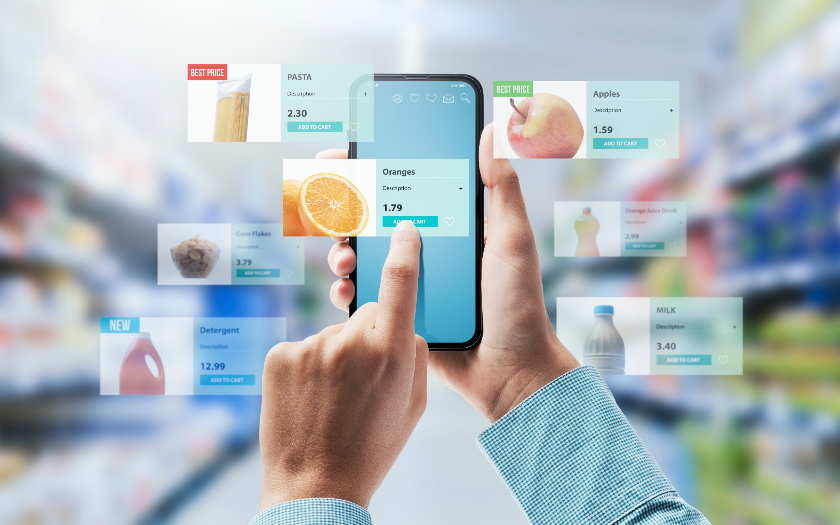With the rise and advancement of a myriad modern technologies, the retail industry is undergoing a new revolution. According to the U.S. Census, retail sales hit a record of USD6 trillion. The primary reason the retail industry has grown so steadily is the upsurge of online retail and digitization, which has grown 300% since the start of the millennium. Ultimately, it was online retail that has led to the emergence of Retail 4.0.
The good news is that traditional retailers and newcomers can easily flourish in this new reality where workflows are automated and communications more connected. There is also the bad news: those who are slow to get with technology trends and investments will lose out even faster than before. It’s not only about grabbing the best hardware and software but which of these offers will bring ever increasing value to a company from data-driven approaches to digital-centric strategies.
Five Facets of the Industry Set to be Transformed by Retail 4.0
1. Click-and-Collect
With the advent of online shopping, customers can now make their purchases online and pick up their goods in store. In addition to being convenient and efficient for customers, stores get to benefit from decreased delivery costs and increased in-store sales growth. It is a strategy that has been utilized by large chain retailers such as Home Depot, Target and Walmart; as more than 85% of US shoppers bought something online and then picked up their order from the store during the end of the year holiday season of 2018. By pairing this with an effective notification system, customers can be notified via email or text message when they can pick up their orders or even get a refund in cases where orders cannot be met.
2. Drive-Through
A hallmark of the fast food industry, drive-through is experiencing a new renaissance as customers are able to place orders through their mobile device, making pick-ups even faster and more seamless than before. Now, instead of placing your order at the microphone and picking it up from the person at the window, customers can order and make payment online before heading to the outlet. Once there, customers simply tap of a button on the companion app and their order will be delivered to their vehicle. The advantages of such a system are many. Indecisive customers are able to take their time to look through the available options via the business’ mobile app and not cause a bottleneck in the line of customers waiting to place their orders. Also, the problem of fumbling through one’s wallet for change is eliminated as payments are made online.
3. Electronic Shelf Label (ESL)
ESL allows businesses to offer instant, dynamic pricing updates of their goods based on the stock and marketing status of their retail products. The utilization of ESL also reduces human error related to traditional pricing and product labeling methods while increases the amount of time employees can spend providing customer service. ESL technology also allows a sustainable, paper-free and environmentally friendly labelling and pricing solution that allows retailers to save time and money. There is also the people counter integration that allows it to track customers’ movement in the store, enabling retailers to design a more efficient layout of their business.
4. Near Field Communication (NFC)
NFC technology enables retailers to deliver attractive and personalized shopping experiences to customers, complete with product information, detailed specifications, guided walkthroughs, promotional bargains, reminders, notifications and more with the mere tap on a smartphone. In an Epsilon and GBH Insights survey recently, it was revealed that 80% of customers are more likely to buy something when a retailer offers personalized content. With the projected number of NFC-capable smartphone owners is expected to be 2.9 billion in 2020, retailers now have the perfect opportunity to directly engage with their customers, build brand awareness and cement customer loyalty.
5. Scan and Go
Scan and Go technology allow consumers to use their smartphones to scan and pay for their items before bagging them and leaving the store without having to interact with a cashier. What is more incredible is what is on the horizon, as even more amazing technologies come into play. All a shopper would need to do upon entering a store is scan their smartphone, pick up their items and leave. Sensors and machine learning technologies will detect what products were picked up and track these items in a virtual shopping cart. When the customer leaves, they will be automatically charged and sent a receipt of their goods. This is good news for businesses as they will not have to hire as many employees, allowing them to save on costs.

